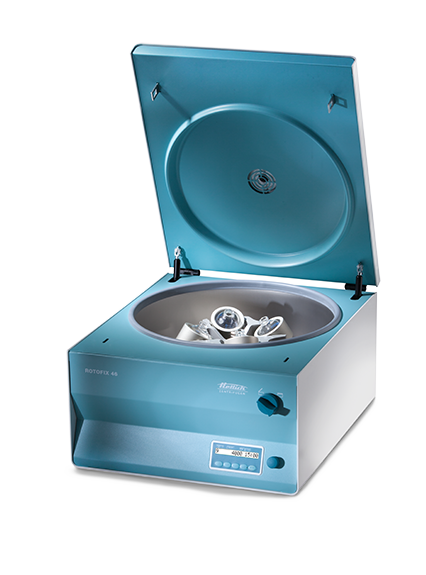Centrifuges like veterinary and benchtop centrifuges are used in various laboratories to separate fluids based on density. In research and clinical laboratories, benchtop centrifuges and other types are used for protein, organelle, cell, virus, and nucleic acid purification.
In the clinical setting, a centrifuge is used to separate whole blood components. Serum is obtained by allowing a whole blood sample to clot at room temperature. After that the sample is centrifuged. The clot is removed leaving a serum supernatant. Plasma, unlike serum, can be obtained from whole blood that is treated with anticoagulants.
Centrifugation Principles
Below are some of the principles of centrifugation:
- Particles in a solution with density that are higher than the solvent sink or sediment and particles that are lighter than it will float to the top.
- The greater the difference in density, the faster they move. The particles will remain steady if there is no difference in density (isopycnic conditions).
- A centrifuge puts objects in rotation (around a fixed axis) and applies a potentially strong force that is perpendicular to the axis of spin.
- Powerful centrifugal force provided by a centrifuge accelerates the separation of particles with small differences in density.
- Centrifuges work by using the sedimentation principle. In the sedimentation principle, the centripetal acceleration will cause denser particles and substances to move outward in the radial direction. Objects that are less dense will be displaced and moved to the center.
- In laboratory centrifuges that use sample tubes, the radial acceleration will cause the denser particles to settle to the bottom of the tube. The low-density substances on the other hand will rise to the top.
Centrifugation Applications
- Separate two or more miscible substances
- Analysis of hydrodynamic properties of macromolecules
- Mammalian cells purification
- Fractionation of membrane vesicles
- Separating chalk powder from water
- Stabilization and clarification of wine
- Removing fat from milk to produce skimmed milk
- Separation of blood and urine components in research and forensic laboratories
- Separation of proteins using purification techniques like salting out (i.e., ammonium sulfate precipitation)

